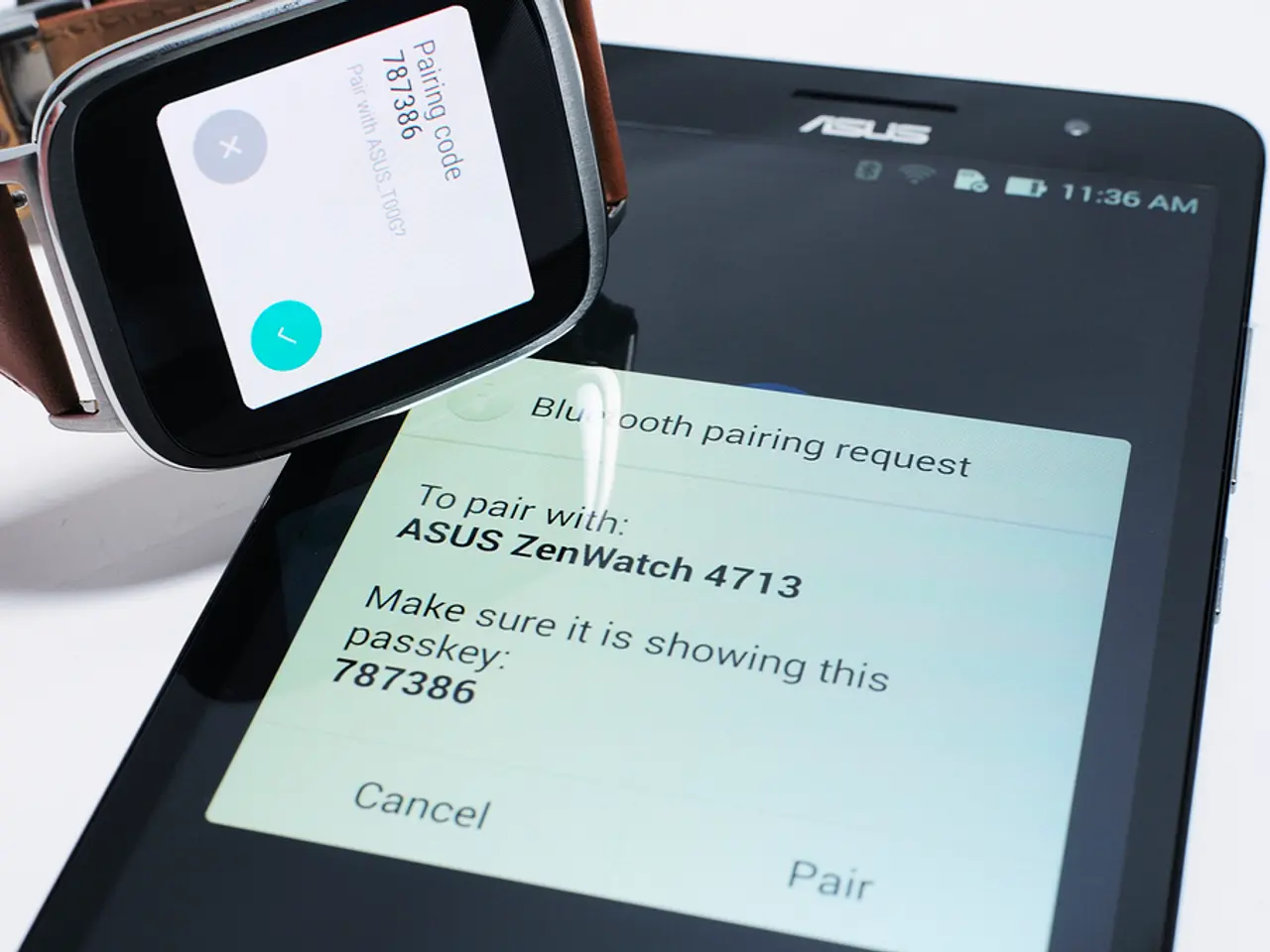Are distant clients experiencing disconnection from their customer base?
In the wake of the pandemic, many organizations have embraced remote work, with the US remote work rate skyrocketing from 6% to over 50% and currently hovering around 28%. This shift has brought about both opportunities and challenges, particularly for non-customer facing teams who may risk losing touch with customers' needs.
Leaders are urged to refocus on customers and create an emotional connection, as a lack of customer focus could be damaging in the long term. To bridge this gap, including indirect team members in customer meetings can provide valuable insights, helping non-customer teams understand customers better.
As big bosses at companies like JPMorgan, Meta (Facebook), and Google contemplate the return to office life, they are aware that remote work is not going away. Many companies, such as Facebook and Twitter, have opted to continue remote work options, while others offer a hybrid work arrangement to employees.
However, a significant issue with hybrid work is a lack of focus on customers during meetings. To address this, non-customer facing teams can maintain focus on customers in a hybrid work environment by embedding customer-centric values into their culture, using technology to stay aligned, fostering collaboration between remote and onsite employees, and continuously connecting their work to customer outcomes.
Here are key practices to implement:
- Defining and reinforcing core values centered on customer focus. Leaders should involve employees in setting values that emphasize customer-centricity, launch these values through virtual events, display them in digital workspaces, and integrate them into goals and performance metrics.
- Using integrated technology tools for seamless communication and collaboration. Standardizing platforms for project management, document sharing, and communication ensures all employees stay connected to customer-related goals and have the information needed to act effectively, regardless of location.
- Designing hybrid workflows that enable real-time collaboration and transparency. Hybrid spaces, both physical and virtual, should support easy interactions across customer-facing and supporting teams. For example, office layouts with tech for video conferencing facilitate remote participation, given remote and onsite employees must work closely to resolve customer issues or improve experiences.
- Providing context and customer insights regularly. Non-customer teams should have access to customer data and feedback so they can understand the impact of their work on customer satisfaction. This could be through dashboards, reports, or shared communications, ensuring their decisions and actions align with actual customer needs.
- Fostering team culture and engagement with customer focus. Activities that build morale and connection among hybrid workers (such as virtual town halls or team challenges with customer-related goals) reinforce the customer-oriented mindset over time and reduce isolation that may dilute customer focus.
By implementing these strategies, organizations can ensure that non-customer facing teams remain attuned to customer priorities and improve cross-functional collaboration essential for delivering seamless hybrid customer experiences.
- To maintain a customer-focused culture in a hybrid work environment, leaders should integrate performance metrics that highlight the alignment of work with customer outcomes, emphasizing this through virtual events and digital workspaces.
- For non-customer teams to effectively collaborate and understand customers, it's crucial to adopt integrated technology tools that facilitate seamless communication and collaboration, regardless of location.
- As companies adopt hybrid work models, ensuring that remote and onsite employees can collaborate efficiently and in real-time is paramount. This can be achieved by designing hybrid workflows that incorporate technology for video conferencing and other collaborative tools in office layouts.




